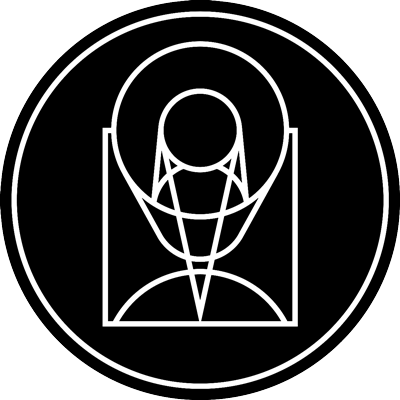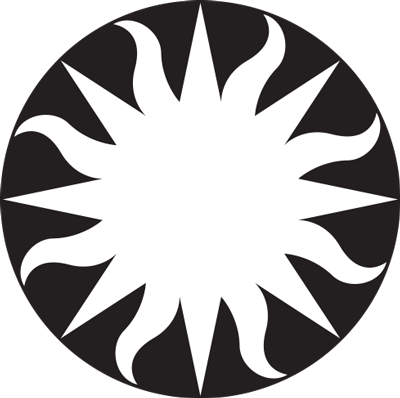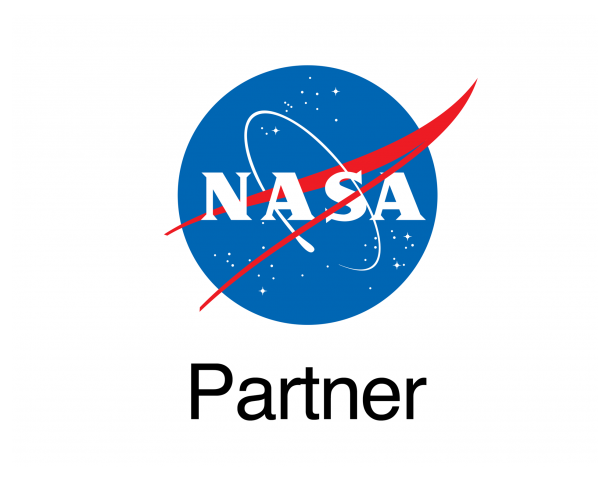Start your search here:
- Object Name - Search the archive by object name or coordinates resolved by simbad.
- Free Text - Search the archive for titles, captions and topics.
Recent Additions
Featured from the Archive
Southern Ring Nebula
![]()
![]()
![]()
Southern Ring Nebula NIRCam and MIRI Composite
The Webb Space Telescope offers dramatically different views of the same scene! Each image combines near- and mid-infrared light from three filters. At left, Webb’s image of the Southern Ring Nebula highlights the very hot gas that surrounds the central stars. This hot gas is banded by a sharp...





























